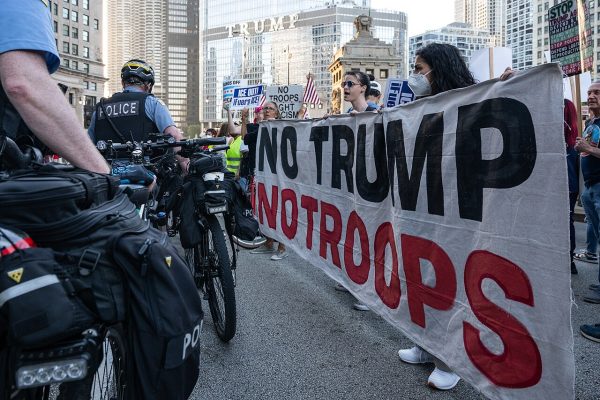Pakistan’s Portrayal in YA literature
Pakistan is a country that Americans know very little about, and the first things that pop into many peoples’ heads when they hear ‘Pakistan’ are often negative.
These past few months I have set myself on a literary journey to examine just how accurately Pakistan is portrayed in Young Adult novels. Regardless of whether the author is a native to the country or not, I have tried to evaluate how much I relate to their depictions of the country I spent half my life in.
Below are four analyses of not just the plotlines of books, but the perspective of Pakistan with which the author leaves the reader.
Please note that there are hundreds of books in this same genre, but I chose books that focused largely on Pakistan, were aimed at a Young Adult audience, and ones I had read before and had found interesting.
AMERICAN FEVER (9/10)
This book, written by Dure E. Aziz Amna, follows the experiences of a Pakistani transfer student, Hira, living with a host family in the US. While most of the story takes place in America, Hira has deep connections with her hometown of Pindi, and the story begins there.
This novel is not as focused on Pakistan, rather, it’s focused on Hira’s adaptation to American life. She contemplates the culture of family in the United States, as her host family navigates a new marriage and adolescent challenges. It is fascinating to see how Amna contrasts family life in America, which is shown to be carefree and independent, with family in Pakistan, which is more tightly-knit and limited in independence.
The perspective with which the author leaves the reader is mostly positive. The book begins in Pindi, and Hira frequently reflects on the tranquility and beauty of her hometown. This is largely realistic, and I thoroughly enjoyed relating to the descriptions.
Without revealing any spoilers, however, something I’d change about this book is the undeveloped plot. At times it surprised me how fast the book was moving, and perhaps that was the intention. Maybe Amna wanted to portray the hurried feel of life in the US, but to me, it seemed largely unrealistic.
Nevertheless, I highly recommend giving this book a read. Amna’s way with words and character development is something to be witnessed, and it provides a fresh set of eyes into how America is seen to outsiders, specifically, Pakistanis.
A CASE OF EXPLODING MANGOES (6/10)
Written by Mohammed Hanif, this novel is a work of historical fiction, and it follows the reign of General Zia-ul-Haq who was President of Pakistan from 1978 until 1988, when he died in the explosion of an airplane carrying crates upon crates of mangoes.
Hanif is expert in his depiction of the government of Pakistan, the cryptic social classes and the endless fight for power within the military. Sure, this book requires some historical knowledge of 20th century Pakistan, but it is accessible to anyone interested in learning about the mysterious death/murder of one of the most powerful generals in history.
This book presents the hard reality of Pakistan. It focuses on the lives of upper class Pakistanis and how their choices influence the lives of the lower class. While it does get a little dark and brutally honest at times, I found it enlightening to learn more about the politics of my country, especially since as a child, I had turned a blind eye and deaf ear to most of it.
As for the impact I believe this book makes, as stated before, it exposes the reality of corruption not only in Pakistan, but in neighboring countries as well. I will admit, it got a little boring at times, and it’s not exactly beginner-friendly, but that doesn’t stop it from being a captivating read.
WRITTEN IN THE STARS (3/10)
Written by Aisha Saeed, this book follows the struggles of a Pakistani-American teenager (again) named Naila who is whisked away from a relationship with another Pakistani boy in the US and forced to travel back to her country. Later in the book, it is revealed that her parents want her to get married while in Pakistan to avoid any further ‘affairs’.
While in Pakistan, Naila reflects on how easy life is there, how beautiful her city is, and how comfortable her parents feel around their family once again. However, her attitude towards Pakistan takes a dramatic turn once she is forced into a marriage. She begins to perceive the place as choking, ugly, and oppressive.
Now, I’m not saying that forced marriages aren’t a problem, and aren’t significantly concentrated in South Asian countries. But reading about a Pakistani girl whose heart hardened towards her home country hurt. Sure, Naila went through a lot, and likely has traumatic memories associated with her time in Pakistan, but was it really necessary to phone an embassy to ‘save her’? Was it really mandatory to never speak to her parents again? Did her American boyfriend, Saif, have to be portrayed as her savior and the only person she could depend on?
To be entirely honest, this book made me cringe. A lot. Especially because I was listening to it as an audiobook, the narrator wistfully calling Saif, or should I say, sayf was inaccurate and overdramatic. Considering that this book was released in 2015, I was surprised to see the stereotypical and exaggerated concept of arranged marriages being perpetuated. In modern-day Pakistan, the vast majority of arranged marriages are implemented with consent and opinions heard from both ends of the engagement.
Written In the Stars was a book with potential. Given its popularity, it had the capability to change perspectives on the oppressive picture painted of Pakistan. Instead, its delivery resulted in a continuation of dramatized, exaggerated, and overall cringey stereotypes about a country that deserves so much better.
Aisha Saeed is a great writer, though. I loved Amal Unbound, and I’m definitely going to read Omar Rising, but this book was, unfortunately, a miss.
FATTY FATTY BOOM BOOM (10/10)
While this book is basically a personal memoir of a woman who moved from Pakistan to the United States (again), I adored the homey feel of the novel as a whole. Be warned, though. The food descriptions may make you feel as if you’ve eaten an entire meal without moving.
Regardless, this book was incredible. It followed Rabia Chaudry through her constant struggle with weight loss, from childhood to adulthood. It was fascinating to witness second-hand the ebbs and flows that come with weight loss and dieting. When paired with incredible Pakistani culinary culture, the stakes became even more significant.
Not only does Chaudry introduce numerous traditional Pakistani dishes throughout the course of the book, but she describes everyday life for citizens of Lahore (a city in Pakistan), as well as everyday life for a Pakistani immigrant living in America. One of my favorite portions of this book was her explanation to relatives in Pakistan that in the US, you have to do everything on your own; from laundry to driving, everything is so independent. When I moved back here at the age of nine, I could definitely relate.
Everything about this book made me want to hug it. The writing style, overall cozy atmosphere, the personal connections built between Rabia and the reader, and the brute honesty with which Chaudry lays herself upon the pages was all I was looking for in a book set (partly) in Pakistan.
This memoir is perfect for anyone without much background on Pakistan. Chaudry sets everything up before referencing bits of Pakistani culture, and fittingly, the book even includes a list of recipes for Pakistani dishes at the end.
Aside from the descriptions and insinuations included in these books, why is it so important that these authors stay cognizant of the manner in which they include or exclude things about Pakistan?
The answer is simple. Pakistan is a country that Americans know very little about, and the first things that pop into many peoples’ heads when they hear “Pakistan” are words such as terrorism, Kashmir, nuclear powers, and Islamic radicals. After all is said and done, where are these preconceived notions coming from? The media, of course. From articles to documentaries, the media we consume impacts our worldviews greatly.
Hence, these books, realistic or not, are impacting the mindsets of people about Pakistan, and it is therefore crucial that Pakistan is presented as accurately as possible.
Despite my criticisms, I highly recommend reading all four books listed above, keeping in mind the warnings included in this article. Start discussions about them. Get educated. Observe just how much or little people know or assume about Pakistan, and who knows? Maybe knowledge will spread, maybe the misconceptions will end.
I end with an exclamation of praise my fellow Pakistanis call out on our Independence Day, as fireworks light the sky and the soda in our hand sweats under the hot air. Translating to, ‘Long Live Pakistan’, we throw our hands into the air and scream, “Pakistan Zindabad.
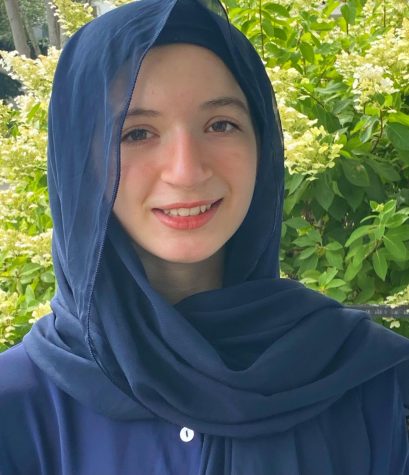
Anah Khan (she/hers) started writing for the Beachcomber in 2021. She is interested in covering new organizations and programs in BHS and writing opinion...



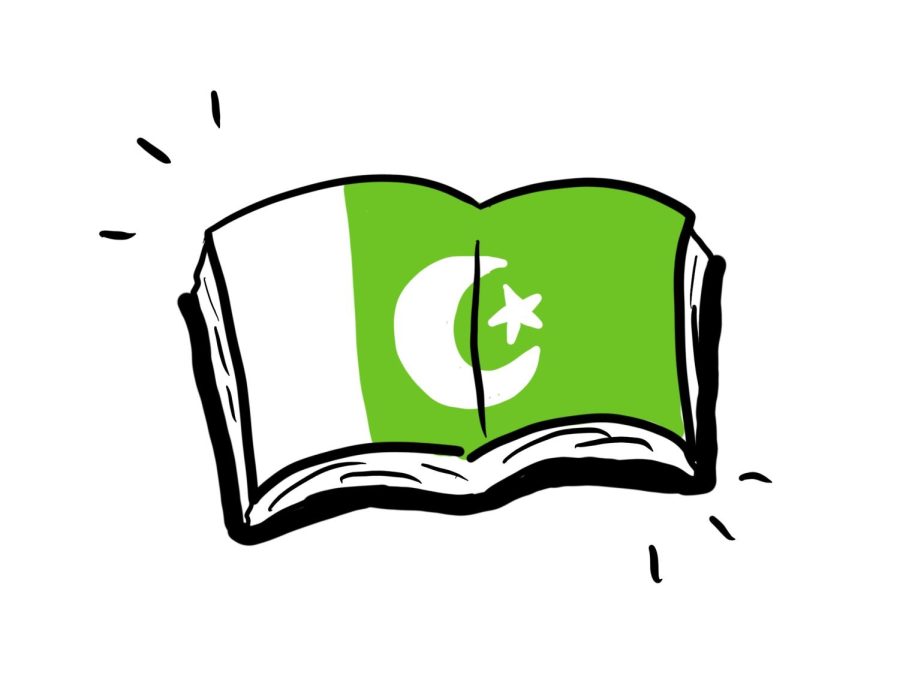

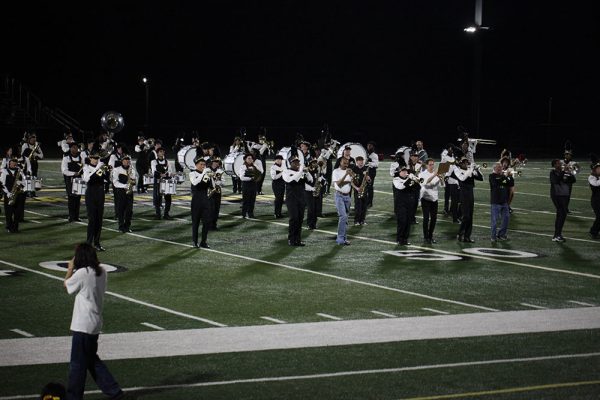



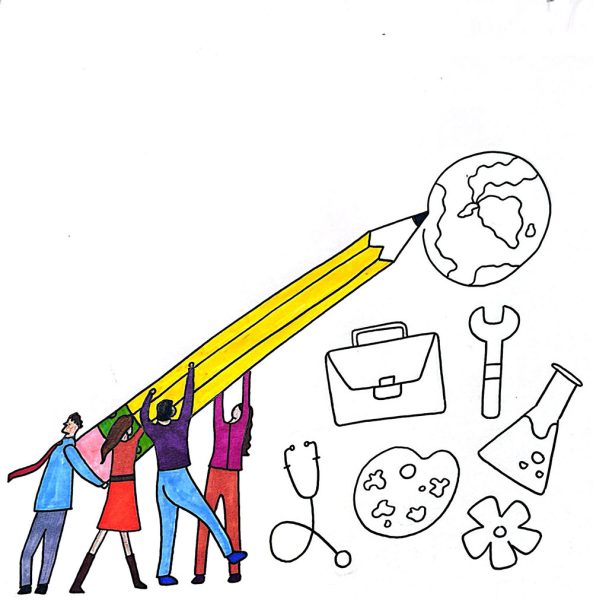
![“My parents have always said that education is important. My parents are Chinese immigrants, I'm Chinese American, [and that's a] value that has always been ingrained in our community,” said Senior Lyndia Zheng, pictured with Tony Zheng](https://bcomber.org/wp-content/uploads/2025/10/DSC_4244-600x400.jpg)

